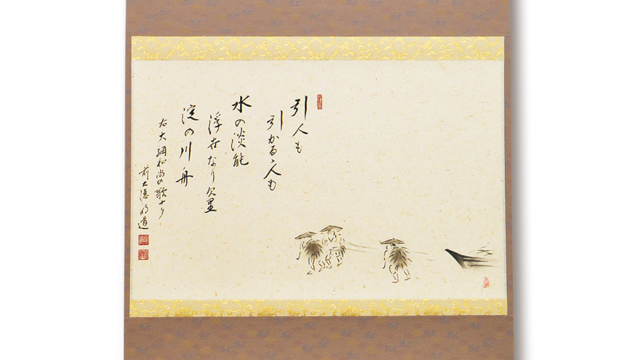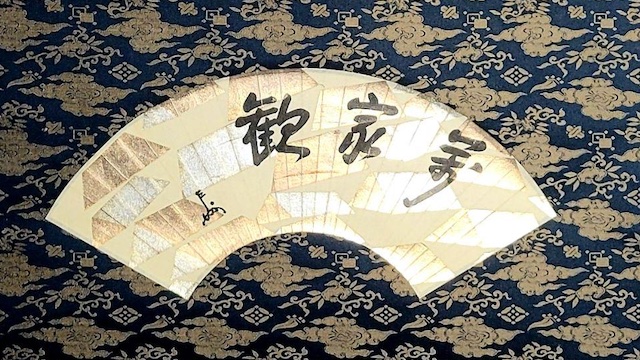
Gasan is a sentence or poem written in the margins of a painting.
Praise was originally a form of Chinese literature in which a person's deeds were described and praised. The custom of acknowledging inheritance was born in the Song Dynasty, and was introduced to Japan along with Zen Buddhism after the Kamakura period.
Usually, a person other than the author of the painting puts the praise, but if the painting and the praise are written by the same person, it is called "Jigasan".

Schoolmaster's lexical
家元